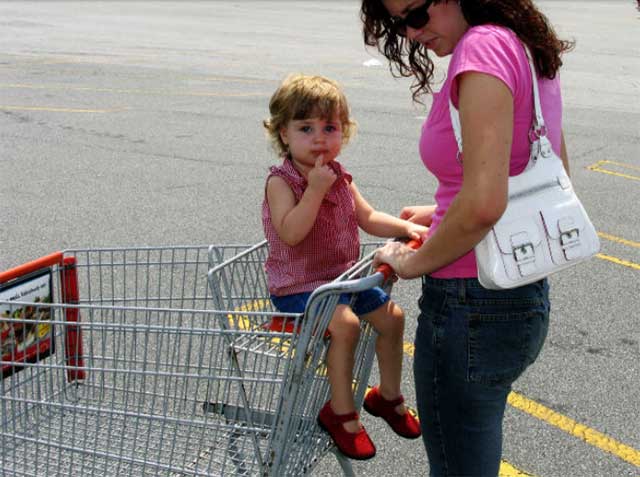
License: Royalty Free or iStock source
When you are in a checkout queue at the supermarket do you cast a glance at the goodies the person in front of you is buying? Admit it, you do don’t you? In fact we nearly all do it; and more than just glancing at their shopping on the checkout counter many of us use what we see to build up a picture of that person and his or her life style.
We just can’t help putting a story together. For instance if we see a women in her early forties buying several loaves of bread and several litres of milk we will probably assume that she is a mother with teenage sons; if we see an elderly gentleman buying sausages, frozen chips and chocolate biscuits then we are likely to conclude that he is single and living by himself.
We are also likely to be quite judgemental regarding the picture that we build up. For instance if we see a couple who are obviously overweight and are buying burgers, frozen food, pre-prepared meals and fizzy drinks we are likely to consider them to be uneducated and lazy; too many cans of beer and bottles of wine equals alcoholic; all store branded and value range goods equals poor; the list goes on.
Then when it is your turn to unload your shopping trolley onto the conveyor belt perhaps you get a little anxious about the picture that people in the queue behind you are building of you: a young woman with kids struggling to make the ends meet; an organic and health food freak; a spendthrift.
When you come to pay for your shopping do you use your Avios credit card and hand over your Tesco or Nectar loyalty card? If you do, then do you ever worry about the picture the supermarket is building about you? Store cards were designed not only to encourage brand loyalty, but as a way of building up a picture of the stores’ customers, and they proved to be very successful at doing so.
When loyalty cards were first introduced they were used to build a statistical overview of what people bought and when and where they bought it. It was easy to measure the cost effectiveness of promotions, to discover how local trends influenced shopping patterns, along with a host of other valuable marketing information. Everything was stored on a data base and statistical sampling techniques were used to make predictions about customer behaviour.
As technology improved, algorithms were developed to do exactly what you do when you view somebody else’s shopping; to create a description of the customer, for instance if they are convenience-driven; if they are concerned about their health; if what they are really looking for is value for money; if they respond to store promotions.
Today this sort of “big data” mining is even more sophisticated, and rather than being treated statistically people can be individually targeted. Did you ever wonder why those latest money-off offers matched precisely what you frequently buy at the supermarket? The reason is that there is a mini-you in Tesco’s big database.
This is a guest post by Claire Chat a new Londoner, travel passionate and animal lover. She blogs about Pets and Travelling in Europe. If you want Claire to write you specific content, you can find email her here or contact her on Twitter (Claire_Chat).